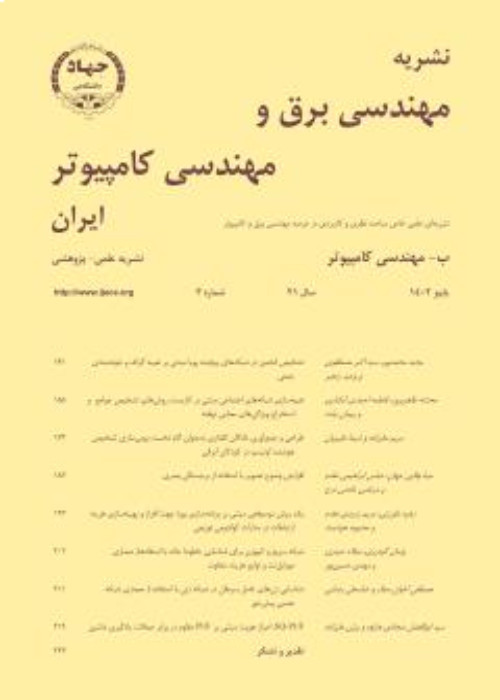A Semi-Central Method to Improve Energy Saving in Real Wireless Sensor Networks Using Clustering and Mobile Sinks
Applying a hierarchical routing approach based on clustering technique and mobile sink has a great impact on reducing energy consumption in WSN. Two important issues in designing such an approach are cluster head selection and optimal allocation of mobile sinks to critical regions (i.e., regions those have low remaining energy and thus, high risk of energy hole problem). The limited number of mobile sinks should be utilized due to a high cost. Therefore, allocating the limited number of mobile sinks to the high amount of requests received from the critical regions is categorized as a NP-hard problem. Most of the previous studies address this problem by using heuristic methods which are carried out by sensor nodes. However, this type of solutions cannot be implemented in real WSN due to the sensors’ current technology and their limited processing capability. In other words, these are just theoretical solutions. Consequently, a semi-central genetic algorithm based method using mobile sink and clustering technique is proposed in order to find a trade-off between reduction of computation load on the sensors and increasing accuracy. In our method, lightweight computations are separated from heavyweight computations. While, the former computations are carried out by sensors, the latter are carried out by base station. Following activities are done by the authors: 1) cluster head selection by using effective environmental parameters and defining cost function of cluster membership, 2) mathematical modeling of a region’s chance to achieve mobile sink, and 3) designing a fitness function to evaluate the fitness of each allocation of mobile sinks to the critical regions in genetic algorithm. Furthermore, in our activities minimizing the number and length of messages are focused. In summary, the main distinguishing feature of the proposed method is that it can be implemented in real WSN (due to separation of lightweight computations from heavyweight computations) with respect to early mentioned objectives. The simulation results show the better performance of the proposed method compared to comparison bases.
- حق عضویت دریافتی صرف حمایت از نشریات عضو و نگهداری، تکمیل و توسعه مگیران میشود.
- پرداخت حق اشتراک و دانلود مقالات اجازه بازنشر آن در سایر رسانههای چاپی و دیجیتال را به کاربر نمیدهد.


